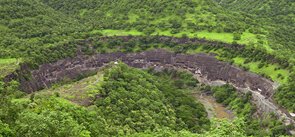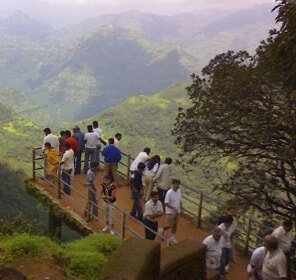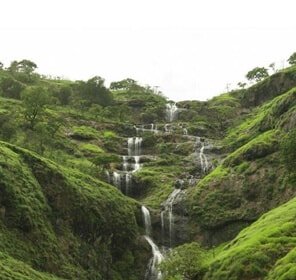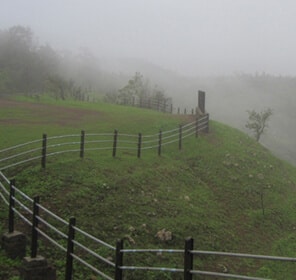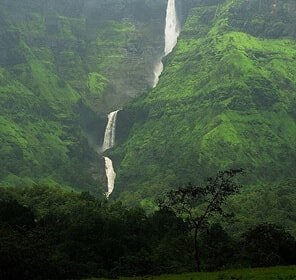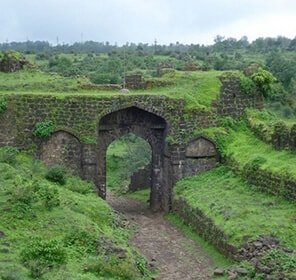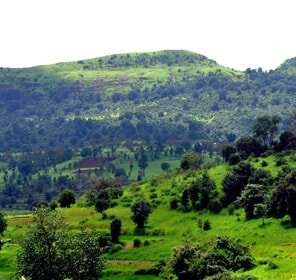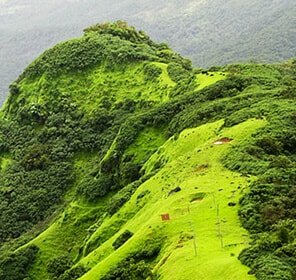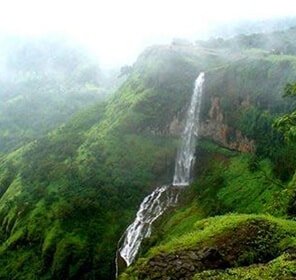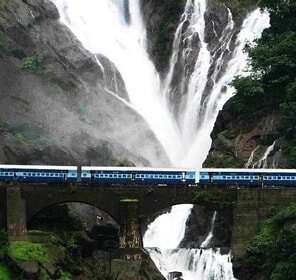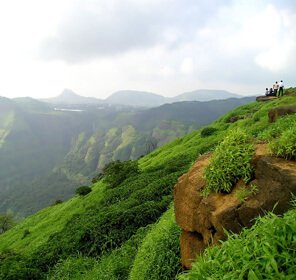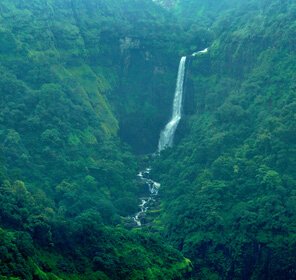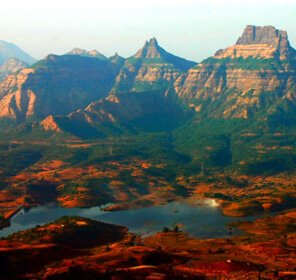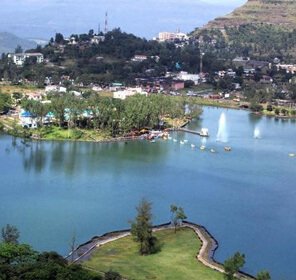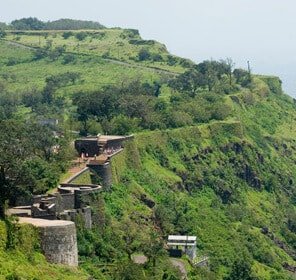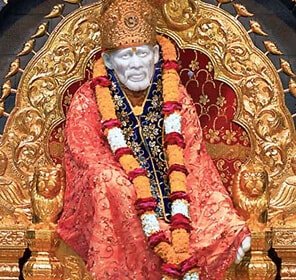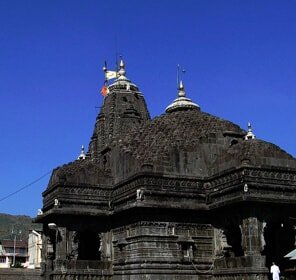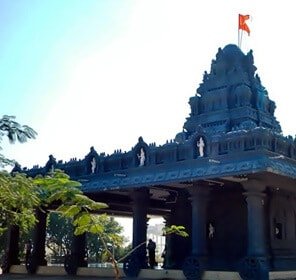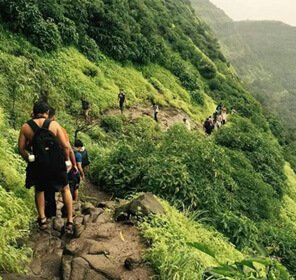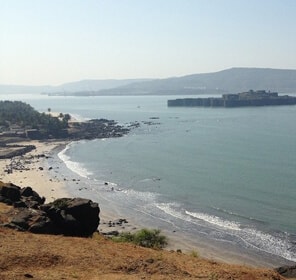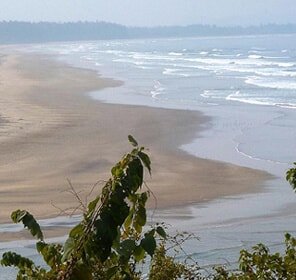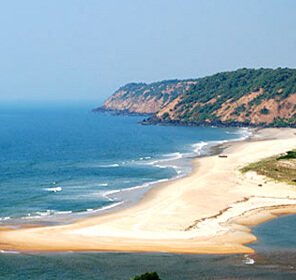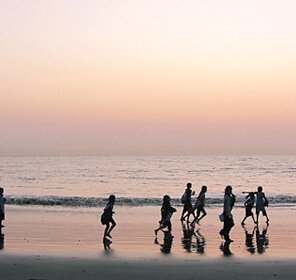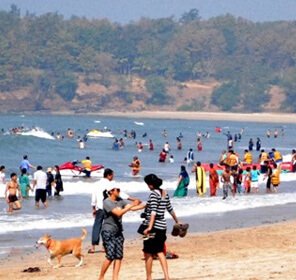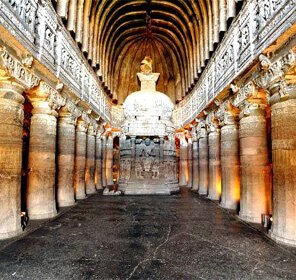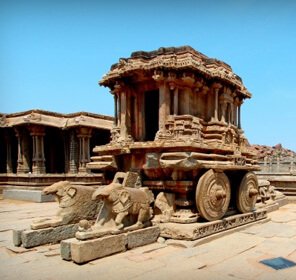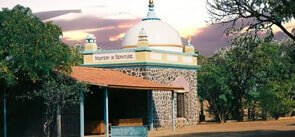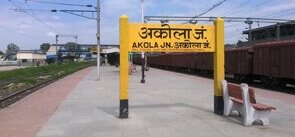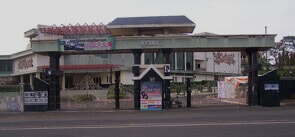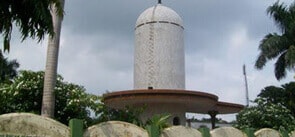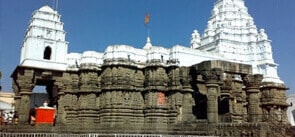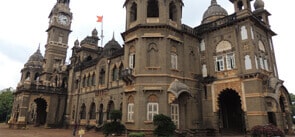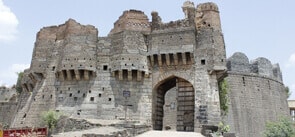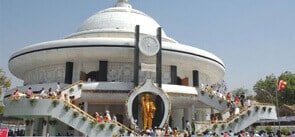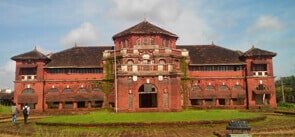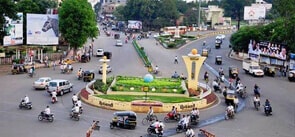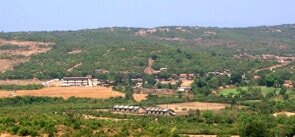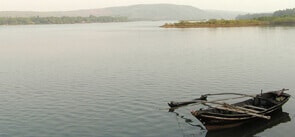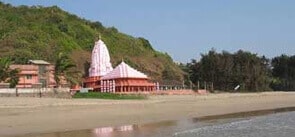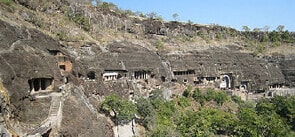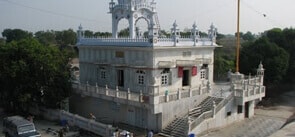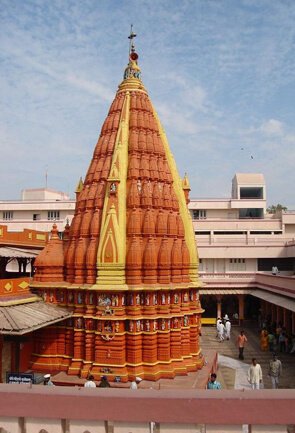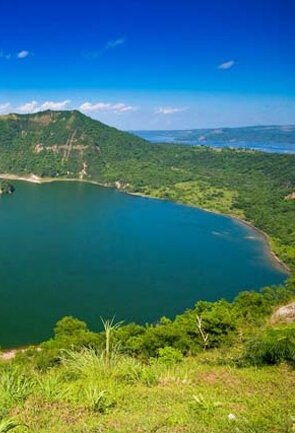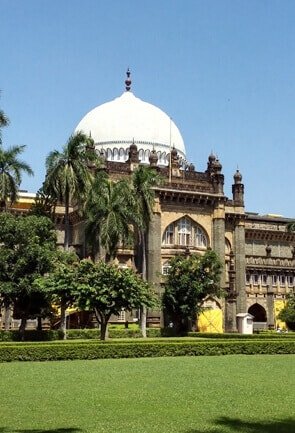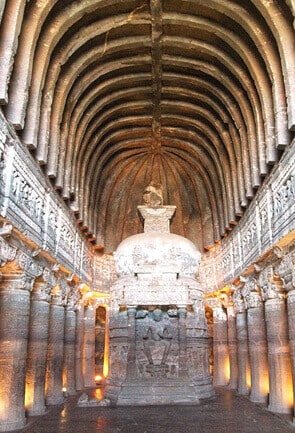

NEW
Heritage Tourism in Maharastra
Different dynasties and rulers have swept through Maharashtra through the ages, bringing with them the different form of the traditional, art, social practices and architectures. The state features over 350 forts – the largest number in any state in India. The celebrated heritage sites of Maharashtra are the testimony of how grand and glorious were these dynasties. All these great architectures, in the form of forts, palaces, and even caves, commemorate the grand events and episodes that took place in the history. And are significant from their historical, cultural and archeological standpoint. The architectural work that has been done in these places is patronized by some of the finest artisans and designers, invited from the different parts of the world.
Going by the records of Maharashtra tourism, here one can see monuments that are as old as 4th century BC; the perfect example of the same is the Ajanta and Ellora caves near Aurangabad. The finest form of sculptures, designs, carving and statues in these caves describe the reveal the centuries old religious and artistic tradition present in the state. Soon after the Rashtrakuta dynasty, who were the makers of the Ellora Caves, Seuna (Yadava) dynasty rose to power in Maharashtra and left their mark in the form of Daulatabad Fort, which is 15 km from Aurangabad. In the 14th century, many Islamic rulers governed the state, and that's when Mughal emperor, Aurangzeb built the replica of Taj Mahal, Bibi Ka Maqbara in Aurangabad. During this reign, Maharashtra architecture saw a new aesthetic and a concept of Islamic architecture was introduced. The historical places of Maharashtra started capturing eyeballs in early 17th century when Marathas came into power.
Their stronghold in the region such as Pune, Panhala and Mahad led to the creation of grand fort complexes and cities. During the reign of Marathas, heritage travel places like Shaniwar Wada (Pune), Lal Mahal (Pune), Ahmednagar Fort (Satara District, Raigad Fort (Mahad) and Sindhudurg Fort (Sindhudurg District ) were built.
Later, with the arrival of colonial rulers in the 18th century, new architectural features and techniques were used again. During the colonial rule in India, when Mumbai was Bombay, Britons made many architectural masterpieces like Gateway of India, Rajabai Clock Tower and Chhatrapati Shivaji Maharaj Terminus, which has been designated as a UNESCO World Heritage Site. Portuguese too has left their mark in Maharashtra in the form of the Vasai Fort, which was initially built a ship building site. The pulse of Portuguese and their lifestyle still echoes in the Vasai fort. When European settlers came to Maharashtra, they made their impression on almost everything except one place, precisely a fort, called Murud Janjira. One of the strongest fort ever made in India, it remained unconquered until it became part of Indian territory after Independence.
When it comes to the best architecture sites in India, Maharashtra’s contribution is immense. On a heritage tour to Maharashtra, don't forget to visit the heritage sites, which were once the thriving towns and capitals.







